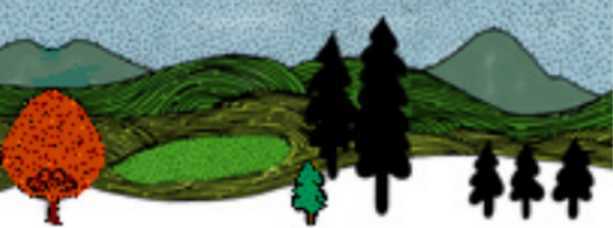

| Class,
Race,
and Gender in the U.S. Economy (Econ250/ES250) Reading
Asssignments
Winter 2010 Updated Jan. 11, 2010 |
I.
Introduction
(WEEK 1 & 2) Readings: * required, o recommended 1) PURPOSE OF
COURSE: HONORABLE DISCUSSION
Handout/Online:
2) A STATEMENT
OF THE PROBLEM
3) FRAMEWORK:
THE ECONOMICS OF STRATIFICATION
Handout/Online:
Unlevel Playing Fields
* Ch. 1: Two Views on Inequality
and Discrimination
* Ch.2: Inequality by the
Numbers
4) LABOR
ECONOMICS: BASIC SUPPLY & DEMAND
Unlevel Playing Fields
* Ch.3: The Basics of Neo-Classical
Economics
|
III.
Race
(WEEK 6, 7, 8) 1)
EXPERIENCE OF RACISM
Webpage: Corporate
Discrimination
In
class: Molly
Bannaky
Jazz,
Episode 1 - Gumbo
2)
DISCRIMINATION & WHITE PRIVILEGE (Lecture)
3)
STATISTICAL DISPARITIES & ECONOMIC EVIDENCE OF RACIAL DISCRIMINATION
Unlevel Playing Fields
* Ch. 2, Labor market Inequality by the Numbers
a) Income, Wealth, Wage
Differentials
b) Unemployment Differentials c) Occupational Differentials d) Educational Differentials 4)
MODELS OF RACIAL DISCRIMINATION
Unlevel Playing Fields
* Ch. 5 -
Discrimination in the Neo-Classical View
A)
Neo-ClassicalDemand-Side
The "Taste for
Discrimination" (Racist Preferences):
Employer, Consumer,
Employee
Statistical
Discrimination (Stereotyping)
Pre-Market
Supply-Side Inequality of
Opportunity/Access
Inequality of Education B) Political Economy:
The Role of Social Movements, Institutions, & Power
Unlevel Playing Fields
* Ch. 7 - Work and
Wages in the Political Economy
* Ch. 8 –
The Political Economy Model of Discrimination
On Reserve:
*Black-White Income
Differences, Michael Reich
*Evidence on
Discrimination in Employment, Darity & Mason
5)
INSTITUTIONS & RACISM: BANKING
A) Banking
On Reserve: * Lending
Insights: Hard Proof that Banks Discriminate, Jim Campen
* Being Black, Living in the Red, Dalton Conley * Study Discerns Disadvantage for Blacks in Home Mortgages, Dedman, p. 228 IV.
Ethnicity (Time Permitting)
(WEEK 9)
1)
WHAT IS “RACE”? WHAT IS “WHITENESS”?
A) A Biological Basis for
Race?
- phenotype
- genotype
- multiracial, multiethnic,
multicultural
On Reserve:
*A Growing Number of
Scientists Reject the Concept of Race, David
Wheeler
*Ever
adaptive, humans defy easy stereotype
B) Race Is Socially Constructed.
- How those “outside”
define
- How those “inside”
define
-
Self-selection & self-identification
C) Why The Government Defines Race And Collects Data.
Reserve:
º Can a New
Race Sumount Old Prejudices? Ellis Cose
º Race
classification causes census debate, William Hershey
º Who’s a
minority? Welcome to affirmative action debate, David Lauter
º We Need
New and Critical Study of Race and Ethnicity, Manning Marable
|
V.
Gender
(WEEK 10) 1)
WOMEN'S WORKING EXPERIENCE:
The Feminization of Poverty and the
Pauperization of Motherhood.
Review:
*A
Portrait of Poverty
in
Oregon, OSU Extension Service
*Women
and
children most likely to be poor
2)
STASTICAL DISPARITIES & ECONOMIC EVIDENCE
Gender
Discrimination:
a)
Unemployment
Differentials
b) Wage
Differentials
c)
Occupational
segregation
d) Educational
Differentials
3)
MODELS OF HUMAN CAPITAL, EARNINGS AND OCCUPATIONAL DIFFERENCES
Albelda, et
al,
Unlevel Playing Fields (Review)
* Ch. 4
Work and
Wages in the Neo-Classical Model
* Ch. 5
Discrimination in the Neo-Classical View
˚ Ch. 6
The
Basics of Political Economy
* Ch. 7
Work and
Wages in the Political Economy
* Ch. 8 The
Political
Economy Model of Discrimination
|